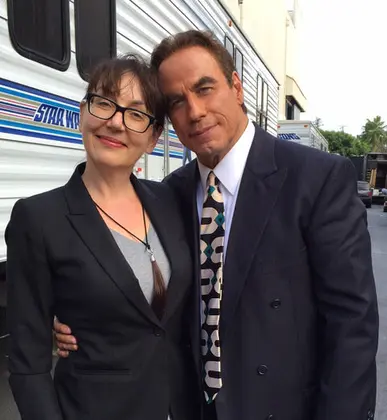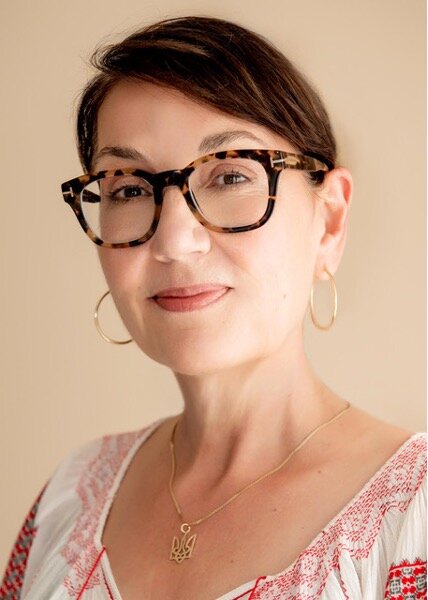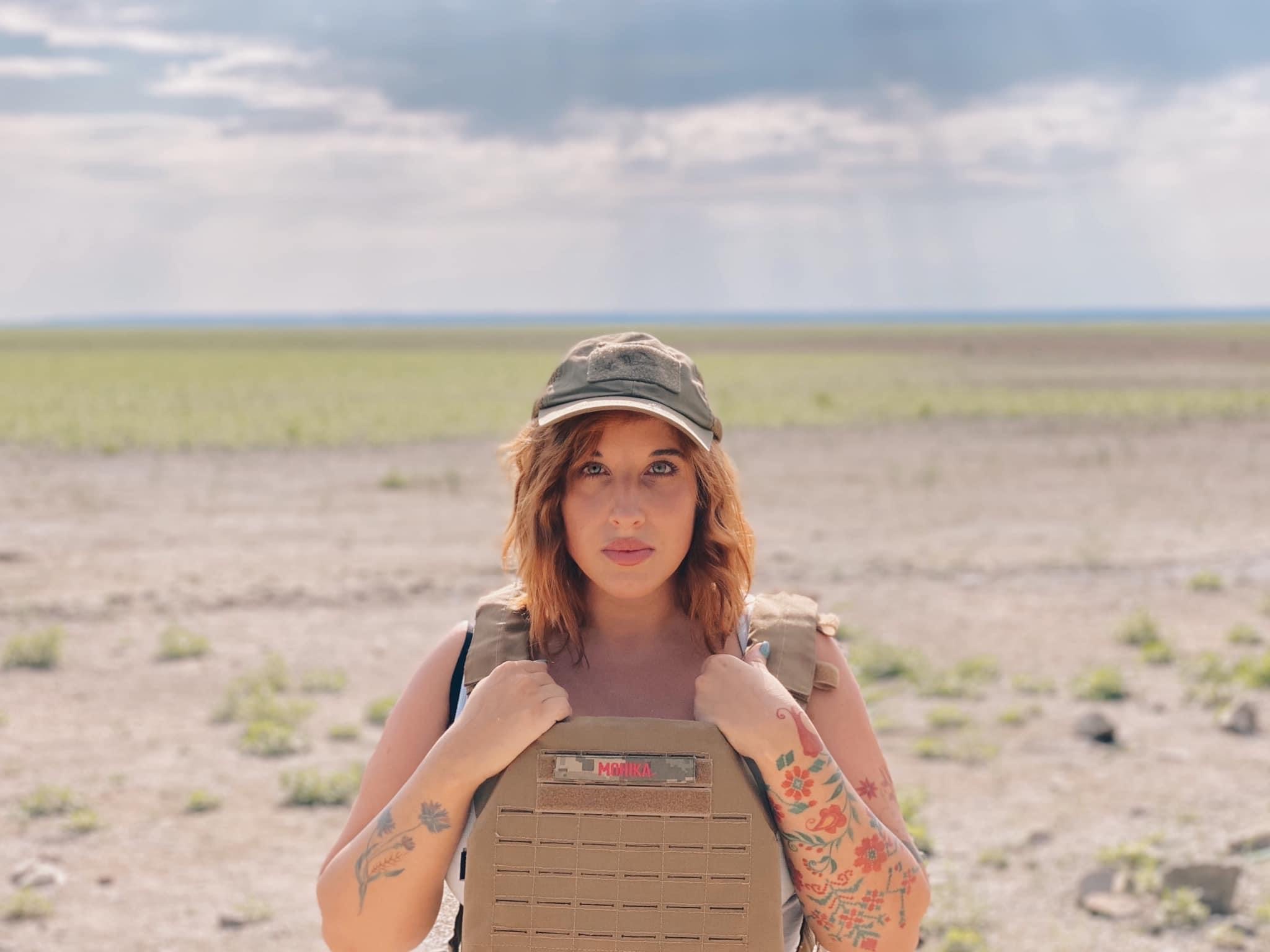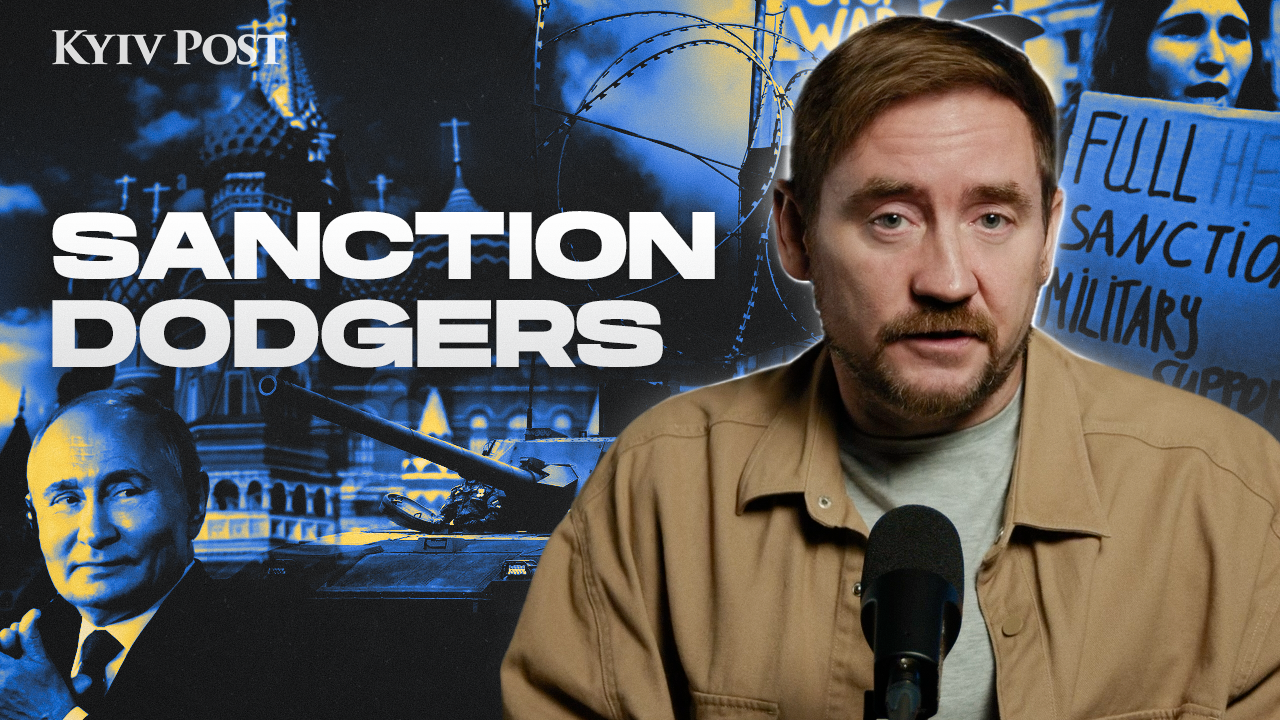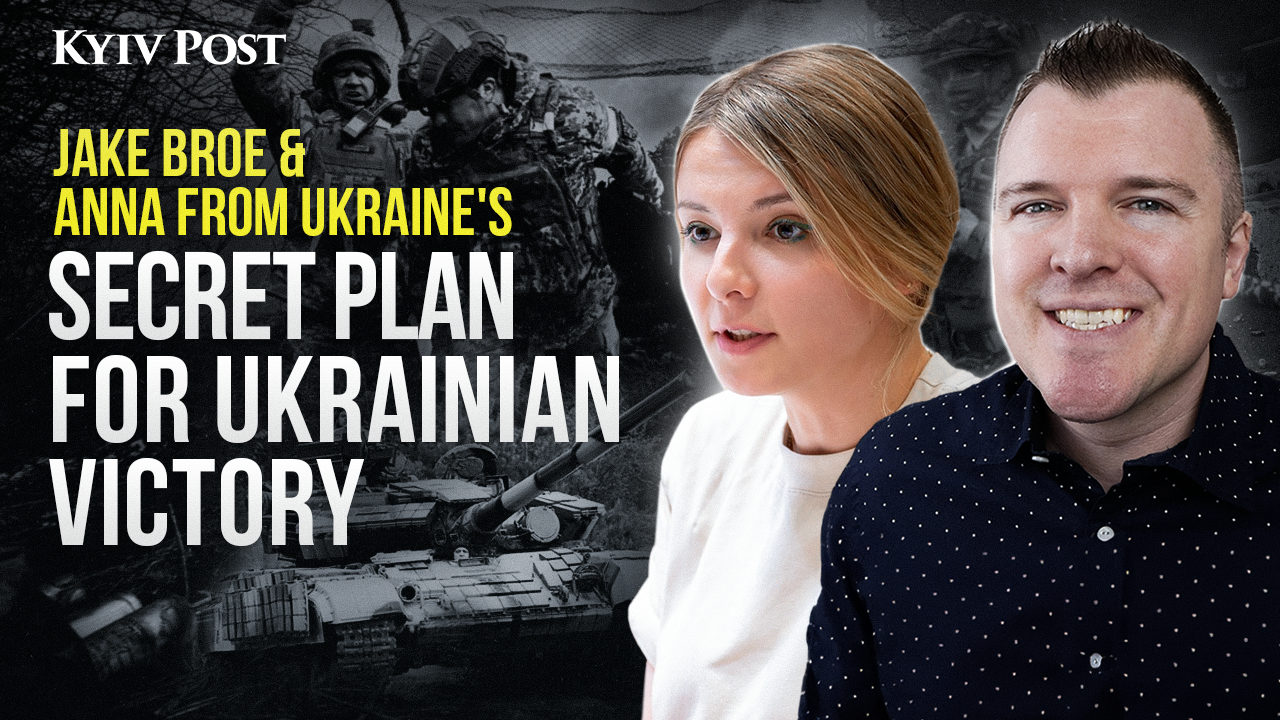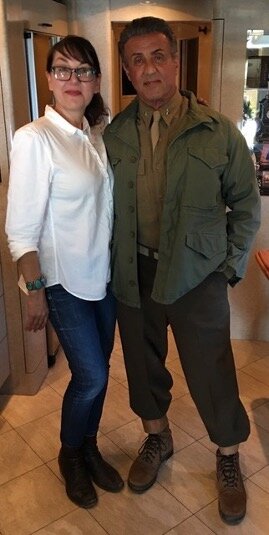Ukrainian-American Costume Designer Hala Bahmet has worked with some of the biggest names in Hollywood, including Ben Kingsley (“House of Sand and Fog”), Julianne Moore (“The Prize Winner of Defiance Ohio”), Ed Harris (“Sweetwater”), and John Travolta (“The People Vs. OJ Simpson”).
Along the way, she has earned two Emmy and Costume Designer’s Guild nominations. She spent the last six years working on “This is Us,” a drama series that spans 80 years of a family’s life. The long-running award-winning television show allowed Bahmet to dress the characters in contemporary and period clothes.
JOIN US ON TELEGRAM
Follow our coverage of the war on the @Kyivpost_official.
Bahmet spoke to Kyiv Post about her career in Hollywood, how her Ukrainian culture influences her work, and how her family’s history inspired her to take action when Putin invaded Ukraine in February.
Kyiv Post: You were born in Chicago to Ukrainian immigrants and raised in Minnesota. How did you get into the entertainment industry?
Hala Bahmet: I went to school at St. Catherine University in St. Paul, Minnesota, because they had a textiles department and a great art department. While there, I volunteered to work at (late singer Prince’s) Paisley Park in their costume department while Prince was directing a film called Graffiti Bridge. The film’s costume designer, Helen Hyatt, took me on as an intern, and then put me on the payroll shortly after. I worked in the costume shop, where I learned so many different techniques. I got a taste of what it would be like to do costuming and be a designer for film and television versus just as a clothing designer for fashion. That was the turning point for me. That’s when I knew what I wanted to do.

Kyiv Hit by Massive Drone Attack as Russian Strikes Target Multiple Ukrainian Cities
KP: You moved to Los Angeles and began working in music videos for singers like Kelly Clarkson, Michael Jackson, and Jonny Cash. Your costume background made you a magnet for these high-end, theatrical videos, which naturally led to filmmaking. What movie was the turning point in your career?
HB: 2003’s “The House of Sand and Fog” because it was the first film I designed that received Oscar nominations. Not for costumes, but for music and actors Ben Kingsley and Shohreh Aghdashloo. That association put me in a position where I could pursue influential films with A-list actors.
KP: How did you follow up on that project?
HB: I did a beautiful film, “The Prizewinner of Defiance Ohio (2005), with Laura Dern, Julianne Moore, and Woody Harrelson. Julianne Moore’s character is a housewife in the ’50s. The film spanned the ’30s to the ’70s, allowing me to showcase costumes spreading over many decades. We custom-made every single dress for Julianne Moore for that film, except two of them. It was a great example of me being able to showcase my work as a designer and a historian with all the research I put into it.
KP: Your first big foray into television was 2016’s “The People V O.J. Simpson: American Crime Story,” which also garnered you your first Emmy nomination. What was that experience like?
HB: It was a massive project – almost 2,000 costumes in ten episodes, all set in the early ‘90s. Before that, I never even thought about awards. I just kept working and trying to get to the next project and doing my best. Suddenly I had this Emmy nomination, and with that came incredible offers for other creative TV shows. I did the pilot for “Riverdale” (based on the Archie Comics), and the pilot for “This Is Us.”
KP: Both shows got picked up for series in 2017, and both wanted you on them full-time. How did you choose?
I chose “This Is Us” because it was shooting in Los Angeles (“Riverdale” was shooting in Vancouver, Canada), where I live, and my family lives. So that’s what I’ve been working on for the last six and a half years. It’s been the project of a lifetime because it covers all the elements that I find exciting and interesting in my career. It’s contemporary, it’s period, and we’re telling these beautiful, compelling stories about this family, their extended family, and all the situations they encounter – real-life stuff that people deal with every day.
“The very foundation of my desire to be an artist and designer comes directly from my exposure and immersion in the Ukrainian art forms as a child,” – Hala Bahmet, Costume Designer
KP: What do you love most about your job as a Costume Designer?
HB: Each project, every script, every day is different and exciting. It never gets boring. I’ll get a script, read it, and start formulating ideas. One day I might be designing something from the 1950s and 1970s. Then next week I’m in 1914 and 2015. That keeps things very fresh and flexes the creative part of my brain.
KP: The research must be very extensive!
HB: I love the research. It’s gratifying to immerse myself in the time frame I’m designing. For example, you can’t design for the ’70s if you’re not up on what the cultural, social, and political events were happening during that period. For me, that influences every single thing I do. It’s not just about, ‘Oh, this is a cute style.’ It’s about why were people wearing this? What led to this being the fashion of that particular moment?
KP: How do you go about researching?
These days it’s mostly via the internet. But I have a vast library of actual books – things that may not be available online, esoteric books, or books that are out of print. I’ve been collecting costume and textile books for at least 30 years. But as I said, it’s not just about fashion or style pictures. When I’m doing historical or period research, I might look at old issues of magazines like Life or even Tiger Beat, read the stories and look at the advertisements. Also, nothing is better than picking the brain of somebody who has lived through something the script is dealing with.
KP: Is there a memorable person you met during these research interviews?
HB: I did a film where Kris Kristofferson and Peter Fonda were sheep farmers. It was called “Wooly Boys.” There wasn’t much visually to find because farmers weren’t taking pictures of themselves in the field back then. I found a North Dakota sheep farmer to talk to. I was like, ‘What did you wear head to toe?’ During production of “The House of Sand and Fog,” actress Shohreh Agdashloo connected us with an actual Colonel who served in the Shah’s military. He very generously loaned us his medals and military insignia for Ben Kingsley’s character to wear in the film. Accuracy is essential, especially when it comes to uniforms.
KP: How does your Ukrainian culture seep into your professional life?
The very foundation of my desire to be an artist and a designer comes directly from my exposure and immersion in Ukrainian art forms as a child.
HB: The very foundation of my desire to be an artist and a designer comes directly from my exposure and immersion in Ukrainian art forms as a child. My Ukrainian identity is a big part of my life and always has been through Ukrainian school, Ukrainian camp, and all of the wonderful things my parents exposed us to as children. Things like vyshyvki, crafts, music, poetry, and dancing. I see now what an imprint that made on me as a young, creative person. There is a direct relationship between my mother teaching my sisters and me how to embroider that inspired my interest in textiles, costuming, historic textiles, and historical costuming.
KP: Your Mother’s family is from Dnipro and your father is from Zaporizhzhia. During World War II, they ended up in German labor camps. Both sides of your family eventually ended up in Chicago, but something happened to your mom’s side upon arrival that still haunts you today. What was that?
HB: After the war, my mom’s family stayed in Germany for about five years, looking for a host family to sponsor them to go the U.S. When they finally found a sponsor family in Chicago, Illinois, the sponsor family never came to pick them up when they arrived. They didn’t speak the language. They didn’t know anybody. They were stuck at the train station alone. So when Vladimir Putin invaded Ukraine in February, my husband and I decided to sponsor a family. I felt like I owed this debt of kindness to the complete strangers who ultimately took in my mother and her family when they arrived as refugees. It was a way for me to repay that debt of kindness and to be able to pay it back and pay it forward.
KP: How was the experience of being a host family in 2022?
HB: The family – a mother with three children – stayed with us for about 11 weeks. They have an apartment now, and while they don't know where they're ultimately going to end up, we did provide them with safety, a roof over their heads, food, and the ability to try to pick up the pieces and see what their lives are going be like going forward.
KP: What is your current state of mind regarding the war in Ukraine?
HB: I'm worried that there will be Ukrainian war fatigue that sets in among the western world where people will stop paying attention to the news and the loss of life, the violence, and the horrible things happening there. We must keep ourselves abreast of all the information, keep ourselves educated and try not to allow any fatigue to set in our groups and families.
KP: What would you like to see for Ukraine right now?
HB: Ukraine is fighting the war for the entire west by itself now, and my country needs more help. If other counties drag their heels, are reticent to help, or postpone the help that Ukraine really needs, it will be a much bigger problem globally. I want western citizens to understand the importance of this fight Ukrainians are having on behalf of the free world. Ukraine needs help and support.
You can also highlight the text and press Ctrl + Enter


